How Much Does It Cost to Build a High-Rise Apartment Building?
Building a high-rise apartment building is a complex and substantial investment that involves various factors influencing the overall cost. From planning and design to construction and finishing, every step requires careful consideration and budgeting. This article will break down the major cost components and provide a comprehensive guide to help you understand the expenses involved in constructing a high-rise apartment building. By delving into the details of land acquisition, architectural design, construction, and additional features, you will gain a clear picture of what it takes to bring such a project to fruition.
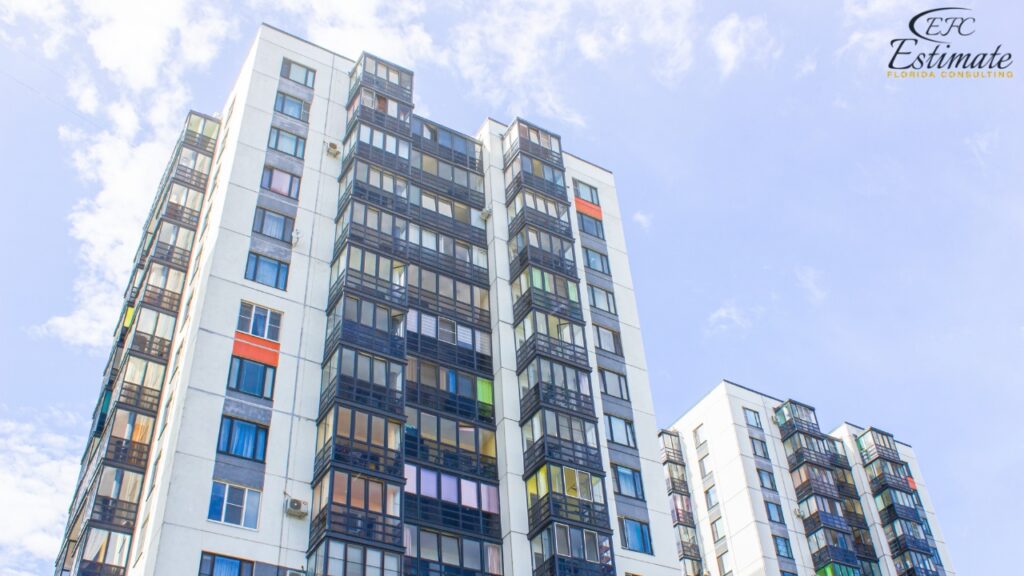
Factors Influencing the Cost of Building a High-Rise Apartment Building
Location
The location of the high-rise building significantly impacts the cost. Urban areas with higher land values and stricter building codes tend to be more expensive. Additionally, labor costs and material availability vary by region, further influencing the overall expense. For example, building in New York City or San Francisco will generally cost more than constructing in smaller cities or suburban areas due to higher real estate prices and labor costs. Furthermore, urban locations may require additional expenses for site preparation, noise mitigation, and adherence to local regulations that ensure the building fits within the community’s architectural and aesthetic standards.
Land Acquisition
The cost of land is one of the initial and most significant expenses in building a high-rise apartment building. Prices vary widely depending on the location, size, and zoning regulations. In prime urban areas, land can cost millions of dollars, while in less dense areas, it might be more affordable. Ensuring the land is zoned for high-rise construction and conducting a thorough site assessment are crucial steps in this phase. It’s also essential to consider the potential for future development around the site, which can influence property values and demand for housing. Additionally, hidden costs such as environmental remediation, site clearance, and infrastructure improvements should be factored into the total land acquisition budget.
Land Acquisition Factors | Estimated Cost |
Urban Prime Locations | $65 million – $130 million |
Suburban/Secondary Locations | $13 million – $39 million |
Environmental Remediation | $1.3 million – $13 million |
Site Clearance | $650,000 – $2.6 million |
Infrastructure Improvements | $2.6 million – $13 million |
Design and Planning
Architectural design and planning are critical stages that require professional expertise. Hiring architects, engineers, and consultants can cost between $130,000 and $6.5 million, depending on the project’s complexity and scale. Detailed planning helps in optimizing the design for functionality, aesthetics, and regulatory compliance. High-end projects may also involve landscape architects and interior designers to enhance the overall appeal. During this phase, it’s vital to consider sustainable design practices that can reduce long-term operational costs and attract environmentally-conscious tenants. Engaging in value engineering early in the design process can help identify cost-saving opportunities without compromising on quality or functionality.
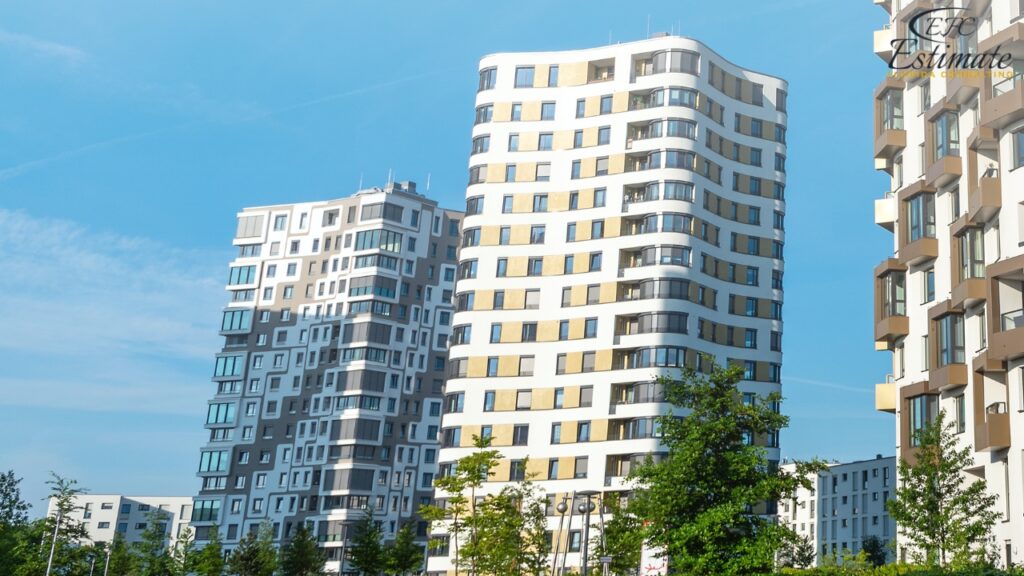
Design and Planning Components | Estimated Cost |
Architectural Design | $650,000 – $3.9 million |
Engineering Services | $260,000 – $1.3 million |
Landscape Architecture | $65,000 – $650,000 |
Interior Design | $130,000 – $1.3 million |
Value Engineering | $65,000 – $260,000 |
Permits and Approvals
Obtaining the necessary permits and approvals from local authorities can be a time-consuming and costly process. This includes zoning permits, building permits, environmental assessments, and more. Costs can range from $65,000 to $650,000, depending on the project’s size and location. Delays or issues in this phase can significantly impact the timeline and budget. It’s important to work closely with local government agencies to ensure all regulations are met and to anticipate potential roadblocks. Engaging with the community and stakeholders early can also facilitate smoother approvals by addressing concerns and demonstrating the project’s benefits to the area.
Permits and Approvals | Estimated Cost |
Zoning Permits | $13,000 – $130,000 |
Building Permits | $26,000 – $260,000 |
Environmental Assessments | $13,000 – $130,000 |
Community Engagement | $13,000 – $65,000 |
Legal and Consultancy Fees | $13,000 – $65,000 |
Get 5 New Leads Next 7Days With Our System
- Multi-Family Building
- Hotel Building
- Hospital Building
- Warehouse Building
- High-Rise Building
- Shopping Complex
Construction Costs
Construction costs form the bulk of the expenses and are influenced by various factors such as materials, labor, and the complexity of the project. Here’s a detailed breakdown:
- Foundation: $6.5 million – $19.5 million. The foundation of a high-rise building is critical for its stability and safety. The cost depends on the soil conditions, design, and materials used. Deep foundations or pilings may be required in areas with poor soil conditions, adding to the cost. Advanced geotechnical studies are necessary to determine the best foundation approach and ensure long-term stability.
- Structural Frame: $13 million – $65 million. The structural frame includes the steel or concrete skeleton that supports the building. The choice between steel and concrete, the height of the building, and the design complexity all influence this cost. Steel frames offer flexibility and speed of construction, while concrete provides robust fire resistance and sound insulation.
- Exterior Cladding and Windows: $6.5 million – $32.5 million. The exterior finish, including cladding and windows, contributes to the building’s aesthetic and energy efficiency. High-quality materials and advanced glazing can significantly add to the cost. Choosing sustainable materials and energy-efficient windows can reduce long-term energy costs and improve tenant comfort.
- Interior Finishes: $13 million – $65 million. Interior finishes include flooring, walls, ceilings, and fixtures. The choice of materials and the level of customization play a significant role in determining the cost. High-end finishes, such as marble countertops, hardwood floors, and designer lighting, can enhance the building’s appeal but at a premium price.
- Mechanical, Electrical, and Plumbing (MEP): $13 million – $52 million. MEP systems are essential for the building’s functionality and comfort. This includes HVAC systems, electrical wiring, plumbing, and fire safety systems. Investing in modern, efficient MEP systems can reduce operational costs and improve tenant satisfaction.
Construction Components | Estimated Cost |
Foundation | $6.5 million – $19.5 million |
Structural Frame | $13 million – $65 million |
Exterior Cladding and Windows | $6.5 million – $32.5 million |
Interior Finishes | $13 million – $65 million |
Mechanical, Electrical, and Plumbing (MEP) | $13 million – $52 million |
Elevators | $1.3 million – $6.5 million |
Additional Features
Additional features such as amenities, green building certifications, and technology integrations can increase the overall cost. Here are some common features:
- Elevators: $1.3 million – $6.5 million. High-rise buildings require multiple elevators to ensure efficient vertical transportation. The number and type of elevators (standard, service, high-speed) influence the cost. Advanced elevator systems with smart technology can enhance building efficiency and tenant convenience.
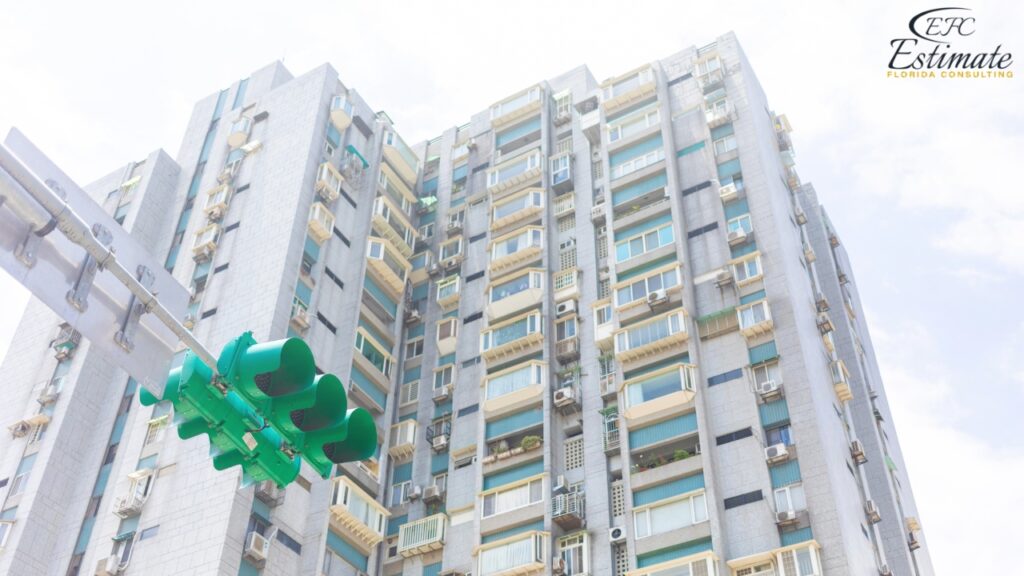
- Amenities: $2.6 million – $13 million. Amenities such as gyms, swimming pools, lounges, and rooftop gardens add to the appeal and value of the building but also increase construction and maintenance costs. Amenities can attract higher-paying tenants and provide a competitive edge in the rental market.
Sustainable Features: $1.3 million – $6.5 million. Green building certifications like LEED involve additional costs for sustainable materials, energy-efficient systems, and certifications. However, they can reduce long-term operational costs and appeal to eco-conscious tenants. Implementing renewable energy sources, such as solar panels and green roofs, can further enhance the building’s sustainability and reduce utility expenses.
Additional Features | Estimated Cost |
Elevators | $1.3 million – $6.5 million |
Amenities | $2.6 million – $13 million |
Sustainable Features | $1.3 million – $6.5 million |
Smart Building Technology | $650,000 – $2.6 million |
Security Systems | $1.3 million – $3.9 million |
Detailed Cost Breakdown
Here’s a detailed cost breakdown for constructing a high-rise apartment building:
Cost Component | Estimated Cost |
Land Acquisition | $13 million – $130 million |
Design and Planning | $130,000 – $6.5 million |
Permits and Approvals | $65,000 – $650,000 |
Foundation | $6.5 million – $19.5 million |
Structural Frame | $13 million – $65 million |
Exterior Cladding and Windows | $6.5 million – $32.5 million |
Interior Finishes | $13 million – $65 million |
Mechanical, Electrical, and Plumbing (MEP) | $13 million – $52 million |
Elevators | $1.3 million – $6.5 million |
Amenities | $2.6 million – $13 million |
Sustainable Features | $1.3 million – $6.5 million |
Total | $70.525 million – $397.15 million |
This comprehensive breakdown highlights the major cost components involved in constructing a high-rise apartment building. By understanding these elements, developers can better plan and allocate their budgets to ensure the project’s success.
Examples of Total Costs
To provide a clearer picture, here are some examples of total costs for different high-rise apartment building projects:
- Small High-Rise (15 floors, basic amenities):
- Low-end: $65 million
- High-end: $130 million.
This scenario typically includes essential amenities, standard finishes, and fewer complexities in design and construction. It is suitable for markets with moderate demand and limited budget constraints.
- Medium High-Rise (30 floors, mid-range amenities):
- Low-end: $130 million
- High-end: $260 million.
A medium high-rise might offer a balanced mix of amenities, mid-range finishes, and more advanced building systems. This type of project is ideal for urban areas with higher demand for upscale housing.
- Large High-Rise (50 floors, luxury amenities):
- Low-end: $260 million
- High-end: $520 million.
Large high-rise buildings feature extensive amenities, high-end finishes, and cutting-edge technologies. These projects cater to luxury markets and require significant investment but promise substantial returns.
These estimates provide a baseline for budgeting your project. Actual costs may vary depending on specific project requirements and local market conditions. It’s essential to conduct detailed feasibility studies and financial analyses to ensure the project aligns with market demands and investment goals.
Cost Considerations by Region
The cost of building a high-rise apartment building can vary significantly depending on your location due to differences in labor costs, materials, and local economic conditions. Here’s a brief overview of regional cost variations:
- Northeast: Generally higher costs due to labor and material expenses. Expect to pay 10-20% more than the national average. The higher cost of living and stringent building codes contribute to increased expenses. Additionally, harsh weather conditions may require more robust construction practices and materials, further driving up costs.
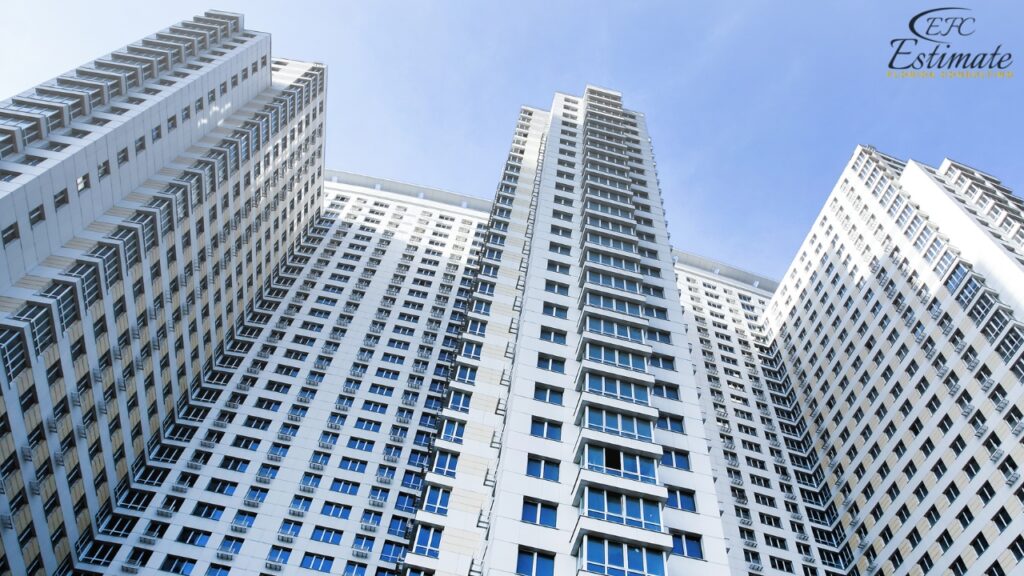
- Midwest: More affordable, with costs typically 5-15% lower than the national average. The lower cost of living and availability of materials can help keep prices more reasonable in this region. However, the shorter construction season due to harsh winters may impact project timelines and costs.
- South: Moderate costs, often close to the national average. The warm climate and steady housing market contribute to stable pricing for construction services. The region’s growing population and economic development create favorable conditions for high-rise construction.
- West: Higher costs, similar to the Northeast, with variations depending on the urban or rural setting. Coastal areas and major cities tend to have higher labor and material costs, while rural areas may be more affordable. Seismic considerations in earthquake-prone areas like California can add to construction costs due to the need for specialized engineering and materials.
Understanding regional cost differences can help you budget more accurately and make informed decisions about hiring local contractors. It’s also helpful to ask for local references and view previous work to ensure you’re getting the best quality for your investment. Engaging with local stakeholders and understanding regional market dynamics can further enhance the project’s success.
Advantages of Building a High-Rise Apartment Building
High Return on Investment
High-rise apartment buildings can generate substantial rental income and property value appreciation. The high density allows for more units on a smaller footprint, maximizing the use of valuable urban land. Additionally, high-rise buildings often attract higher rents due to the amenities and views they offer. A well-located and well-designed high-rise can significantly boost an investor’s portfolio, providing consistent cash flow and long-term capital gains.
Efficient Use of Land
In densely populated urban areas, high-rise buildings make efficient use of limited land. They provide more housing units in a smaller area, helping to meet housing demand without requiring extensive land development. This efficiency is particularly valuable in cities with high land costs and limited space for expansion. High-rise buildings also contribute to urban density, supporting public transportation, local businesses, and community services.
Modern Amenities and Features
High-rise buildings can offer a range of modern amenities and features that appeal to urban dwellers, such as gyms, pools, rooftop gardens, and smart home technology. These amenities can attract tenants willing to pay a premium for the convenience and lifestyle they offer. High-end finishes and state-of-the-art building systems can further enhance the building’s appeal, ensuring high occupancy rates and tenant retention.
Disadvantages of Building a High-Rise Apartment Building
High Initial Costs
The upfront costs of land acquisition, design, permits, and construction are substantial. Securing financing for such a large project can be challenging, and the financial risk is significant. It’s essential to conduct thorough market research and feasibility studies to ensure the project’s viability. Additionally, unforeseen expenses, such as regulatory changes or construction delays, can impact the budget, necessitating a robust financial contingency plan.
Long Construction Timeline
Building a high-rise apartment building takes several years from planning to completion. Delays due to weather, supply chain issues, or regulatory hurdles can extend the timeline and increase costs. Effective project management and contingency planning are crucial to mitigating these risks. Ensuring a well-coordinated construction schedule and maintaining strong communication with all stakeholders can help keep the project on track.
Maintenance and Management
High-rise buildings require ongoing maintenance and management to keep them in good condition and ensure tenant satisfaction. This includes routine inspections, repairs, and servicing of amenities and MEP systems. Hiring a professional property management company can help manage these responsibilities but adds to the operational costs. Long-term maintenance plans and budgeting for capital expenditures are essential for sustaining the building’s value and performance over time.
Download Template For Apartment Complex Project Breakdown
- Materials list updated to the zip code
- Fast delivery
- Data base of general contractors and sub-contractors
- Local estimators
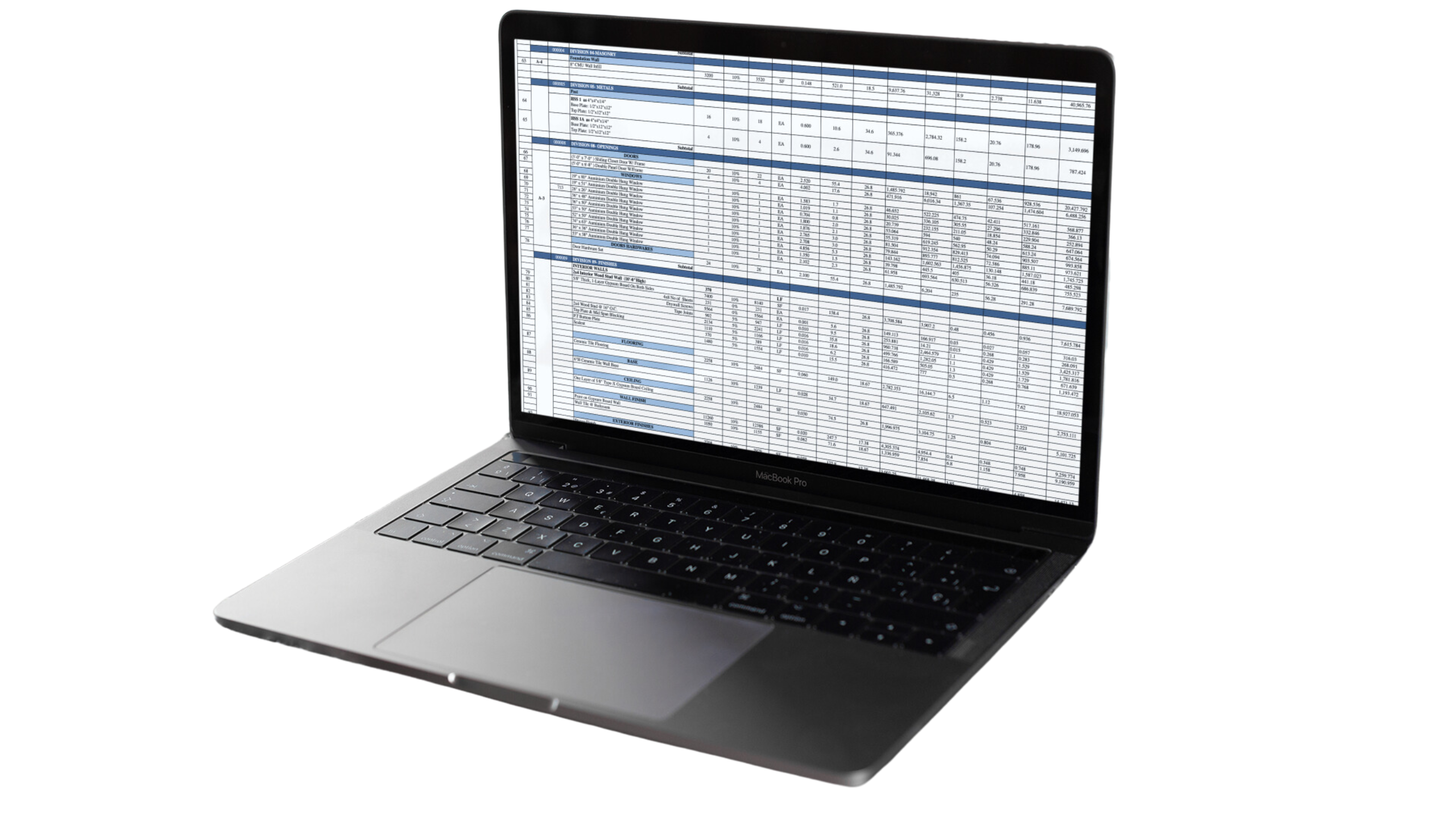
Conclusion
Building a high-rise apartment building is a significant investment that involves careful planning, substantial funding, and thorough execution. By understanding the various costs involved and considering factors like location, design, and amenities, you can better prepare for the financial requirements and potential challenges of such a project. High-rise buildings offer numerous advantages, including high returns on investment and efficient land use, but they also come with high initial costs and long construction timelines. With the right approach, however, you can create a successful and profitable high-rise apartment building that meets the needs of urban residents. Conducting detailed market analysis, engaging experienced professionals, and maintaining a flexible yet robust project plan are key to achieving a successful outcome.
FAQs
The construction timeline for a high-rise apartment building typically ranges from 2 to 5 years, depending on the size, complexity, and location of the project. Factors such as weather conditions, supply chain issues, and regulatory approvals can affect the timeline.
The main challenges include securing financing, obtaining permits and approvals, managing construction schedules, and ensuring quality control. Additionally, coordinating with multiple contractors and suppliers, addressing community concerns, and managing long-term maintenance are critical aspects that require careful planning and management.
To reduce costs, consider value engineering during the design phase, negotiate bulk material purchases, and optimize construction schedules to minimize delays. Additionally, adopting sustainable building practices and energy-efficient systems can reduce long-term operational costs.
Factors include location, amenities, unit sizes, and the overall quality of the building. Proximity to public transportation, shopping centers, schools, and employment hubs can also significantly impact rental income potential. High-rise buildings with modern amenities and sustainable features often attract higher-paying tenants and maintain high occupancy rates.
Green building certifications like LEED can enhance the building’s marketability, attract environmentally-conscious tenants, and reduce operational costs through energy efficiency and sustainable practices. Certified buildings often enjoy higher tenant satisfaction and retention rates, as well as potential tax incentives and reduced utility expenses.
Google Reviews

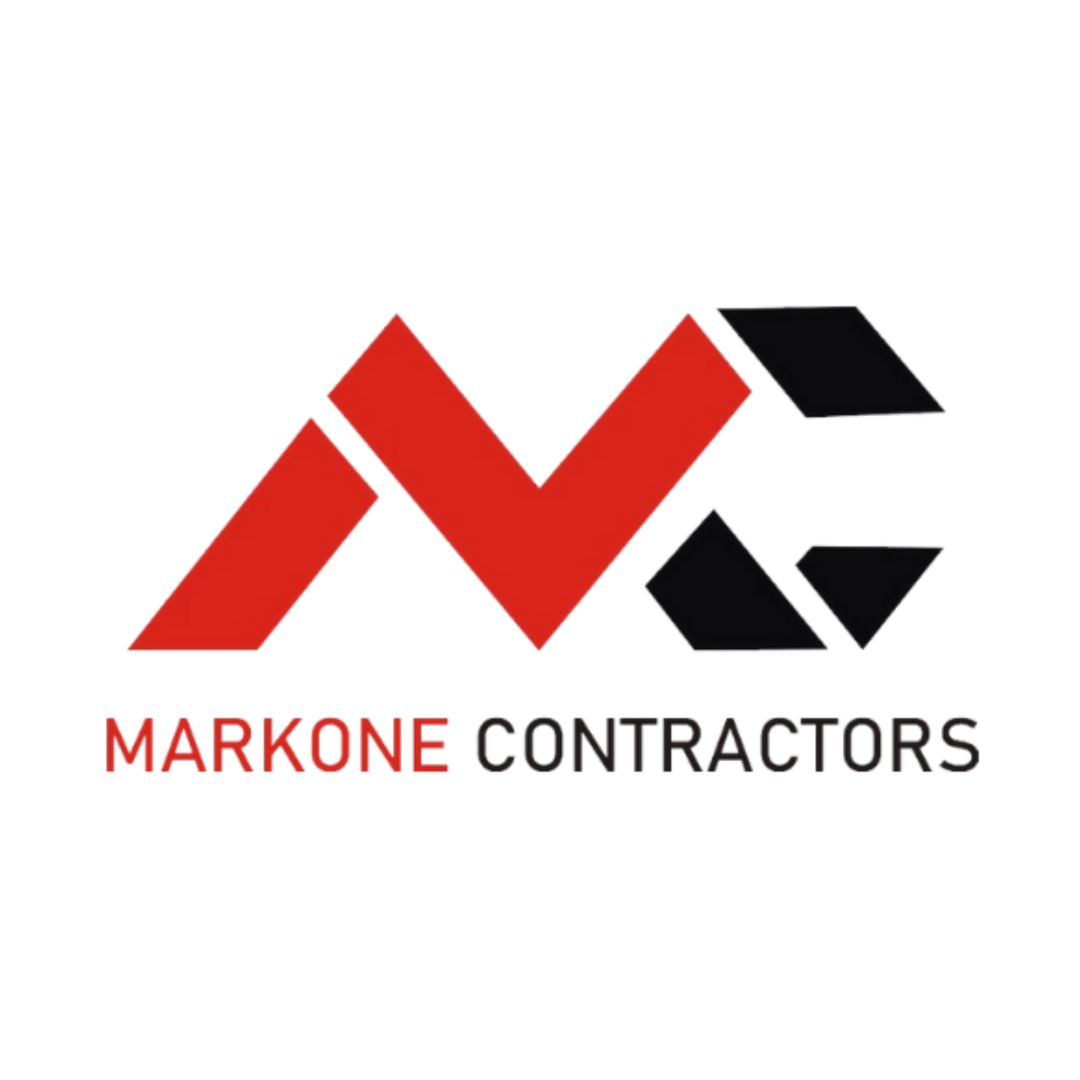

Process To Get It Cost to Build a High-Rise Apartment Building Estimate Report
Here I am going to share some steps to get it cost to build a high-rise apartment building estimate report.
-
You need to send your plan to us.
You can send us your plan on info@estimatorflorida.com
-
You receive a quote for your project.
Before starting your project, we send you a quote for your service. That quote will have detailed information about your project. Here you will get information about the size, difficulty, complexity and bid date when determining pricing.
-
Get Estimate Report
Our team will takeoff and estimate your project. When we deliver you’ll receive a PDF and an Excel file of your estimate. We can also offer construction lead generation services for the jobs you’d like to pursue further.

